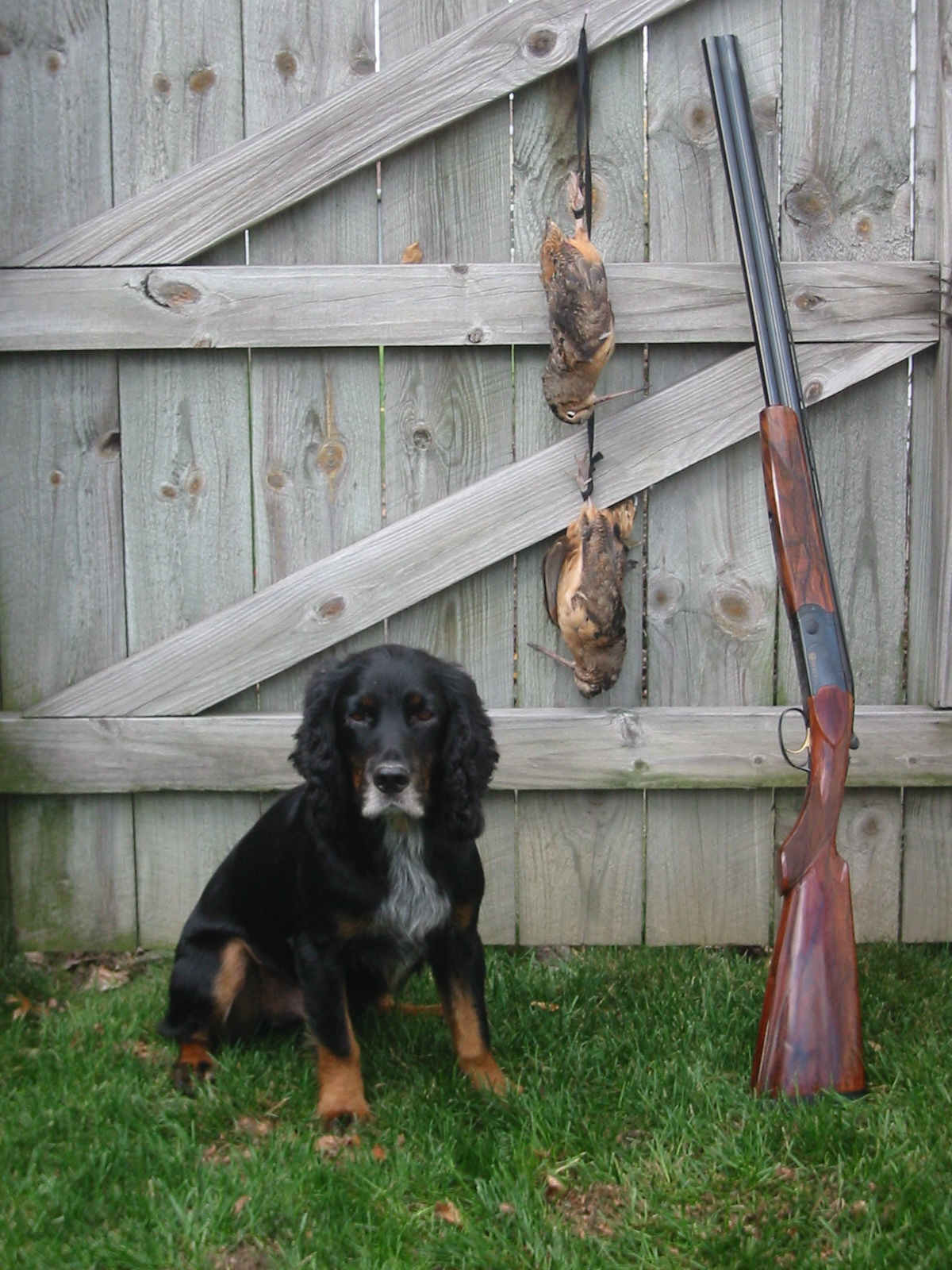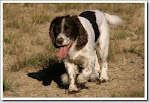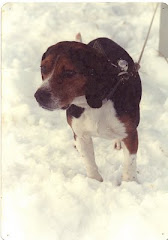Just like a great white shark, my wife rolled her eyes and knifed in for the kill. “You’re just getting old, Hon.”
I’d awaken with a stiff neck, my penance for the simple sin of sleeping crookedly. Getting old, indeed. Actually, I’d suspected as much all Spring. I could barely raise a ho-hum of enthusiasm when the lurid reviews of new guns continued to arrive in the usual magazines.
Shrugging off these geriatric messages as groundless, I washed down a multiple vitamin and my prescribed drugs with a stout glass of prune juice and then waddled off to check my logs. The record showed that I’ve bought 27 shotguns since 1979, but have traded or given away all but three. Each of these survivors solves multiple problems from the set that’s evolved in the course of my hunting. I can’t imagine adding another shotgun. But I’d consider upgrading any of these arms if a more functional and prettier piece came along simultaneously with a winning lottery ticket.
Here’s how the guns left my safe. In NY, we have woodcock and grouse to hunt in the uplands. I also enjoy jump shooting wood ducks in front of my English Cocker, and the occasional mallard over decoys. When we hunt pheasants in NY, the birds were most probably released, although some spend lots more time on their own in the wild than others. For me, other than the occasional pigeon or chukar planted for dog training, that’s the complete roster of my targets.
That’s not all. I no longer hunt deer. I’m not interested in turkeys, or even geese. Official gunning at spaniel field games isn’t appealing anymore, either. And, as much as I have tried, I still can’t work a pump gun well. In “Pheasants of the Mind,” the late Datus Proper said it better than I can: “I like the toolness of the pumpguns, the way they clank like 1932 Fords. I would enjoy carrying one around to aggravate the dudes. It happens, however, that I shoot better with a double-barreled gun....”
As most rough shooters ultimately do, I’ve settled on lighter weight arms, acknowledging that we carry a gun for much greater time periods than we shoot it. Here’s what I’ve saved.
My smallest-framed gun is a 20 gauge O/U, an L. L. Bean “New Englander” from B. Rizzini. Since I don’t shoot registered 4-gun skeet, there’s really no pressing need for me to own a 28 gauge. A 20 can be almost as svelte – too much daintiness as an impediment to good shooting is a good topic for another day – and, when down-loaded with ¾ oz. loads, probably throws patterns just as effective as those from the much-hyped 28. This Rizzini has a rubber recoil pad, a plain fore end (no Schnabel) and a rounded pistol grip. As did Don Zutz, I find that my left hand is on plane with my right in a scaled 20 gauge O/U stocked this way, and strongly believe this adds a comfortable synergy to my shooting. Hunt records do not discourage me in this belief.
The New Englander is my gun of choice for woodcock and early season grouse. I rarely swap out the .005” and .010” choke tubes, and own no loads for it other than Remington’s STS20SC in #8 lead.
This particular configuration is about as good as it gets for me. If I ever were to consider an upgrade, without question I’d work with
Rich Cole in Maine to have a similar style gun built for me with a custom sized stock wrapped around the universally popular Beretta 686 action.

20 gauge B. Rizzini L. L. Bean “New Englander”
To my eye, the 16 gauge has the prettiest silhouette of all the SxS’s. The tubes on a .410 or 28 gauge SxS sometimes appear too thin for the stock and action; and some 12 gauge SxS’s are too popeyed at the fences for my taste. My 16 gauge SxS is an AyA 4/53 Classic from Cabela’s. It has lovely 29” fixed choke barrels, double triggers, a splinter fore end agreeably matched with a straight right hand, and a checkered butt. The 4/53 Classic also comes with “upgraded wood” and a stock oval, and is not punishing to look at. When I shouldered this arm in Cabela’s Wheeling, WV Gun Library, I was instantly taken with its weight, balance, and out-of-box fit. I traded two former eye apples and a bit of cash for it, and so far have been delighted.
I like hunting mid- and late-season grouse with a 16 gauge. I’ve also had success with the gauge at the release club where I shoot pheasants and, on occasion, wood ducks and mallards. Ironically, the 16 is a gauge I could enjoy for all my hunting, but, because of ammunition constraints, would also be the first of my trio to go if I somehow had to get by with just two guns.
This 4/53 may be a bit too tightly choked to become a dedicated grouse gun. Further, because my hands are sensitive to cold, the double triggers are not easy for my gloved fingers to negotiate after winter sets in. If CSMC ever offers a 16 gauge RBL with a reliable single, non-selective trigger, I would strongly consider going for the upgrade. If that seems like it’s a long time coming and the 4/53 otherwise performs well in the interim, I’d probably have Mike Orlen open up the fixed chokes on the AyA just a bit.
Of all the mistakes I’ve made buying shotguns, the worst was in ordering a 16 gauge Huglu O/U in 1995 from a now out-of-business vendor in Charlottesville, VA. When the gun finally arrived, it was 6 months late, 16 oz. overweight at 7 lb. 2 oz., and off in varying degree from several specs on my order sheet. There’ll be more on this gun later.

16 gauge AyA 4/53 Classic
My “big gun” now is a 6 lb. 0 oz. 24” 3-shot 12 gauge
Benelli Ultra Light auto built around the Montefeltro action. Somehow the Benelli engineers have kept its felt recoil to a minimum. Further, the gun seems to point exactly where I look, swings incredibly well, and goes bang every time. It has arguably become the most effective gun I’ve ever owned.
I use this gun for all birds shot while training dogs; for pheasants and ducks; and, with small steel shot, for an occasional snipe. As much as I cherish my 20 gauge O/U, this sweet-shooting auto would probably be the last gun to go if the big bad wolf were ever to blow down my financial house.
Of all the mistakes I’ve made in selling off shotguns, I wish most that I’d kept the 12 gauge Arrieta 557. The gun was wonderfully crafted, with a lovely stick of well marbled walnut for my right hand. Its sin was in having fixed chokes cut precisely as I had ordered them: too tight. If I had had the wit to have its barrels opened up a bit, a whole lot of time, money and missed birds might have been avoided. To close the circle on the story, I got this gun in trade for some cash and that damned Huglu.

12 gauge Benelli Ultra Light
So that’s how I’ve arrived where I’m happily sitting tonight. It’d be nice if a new game were to make another gun purchase interesting. But if I could add a new gun, or instead a new friend to pursue my old faithfuls with, I’d opt for the latter in a heartbeat.
Anyone who has a favorite battery – specially if you’re from an area of the world whose hunting is different from that in the northeast USA – is encouraged to email its description and any supporting jpegs, and we’ll add it to the bottom of this entry, making sure to give you full credit for your work.


















